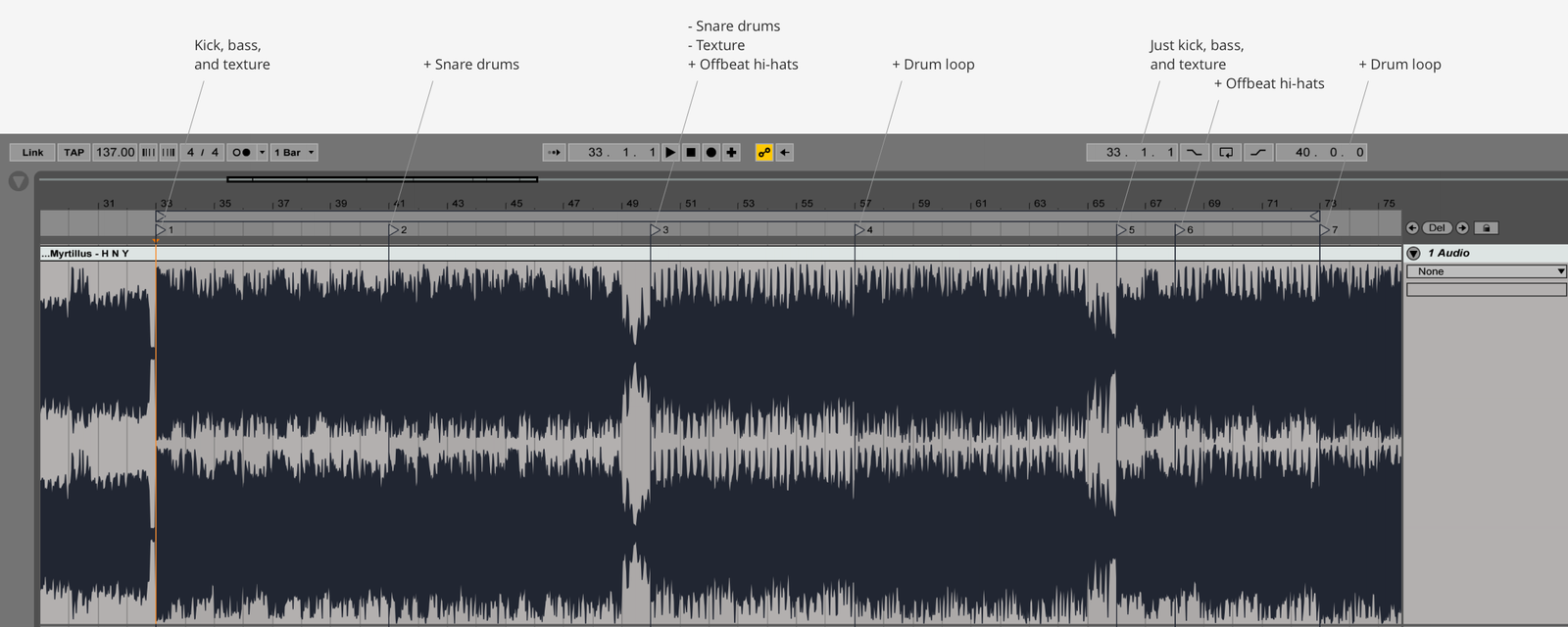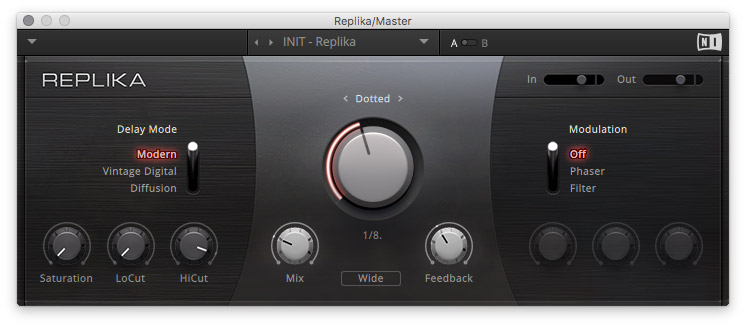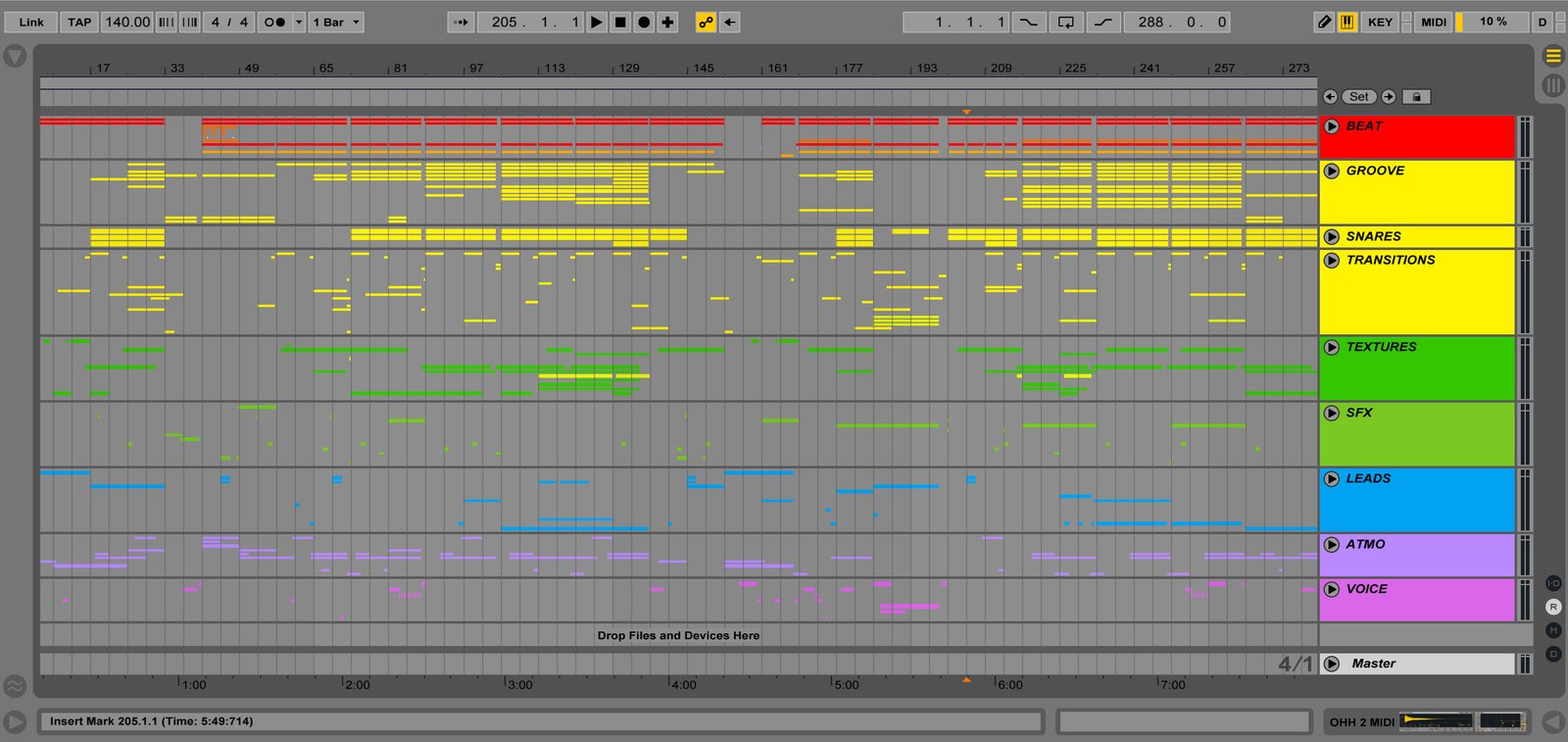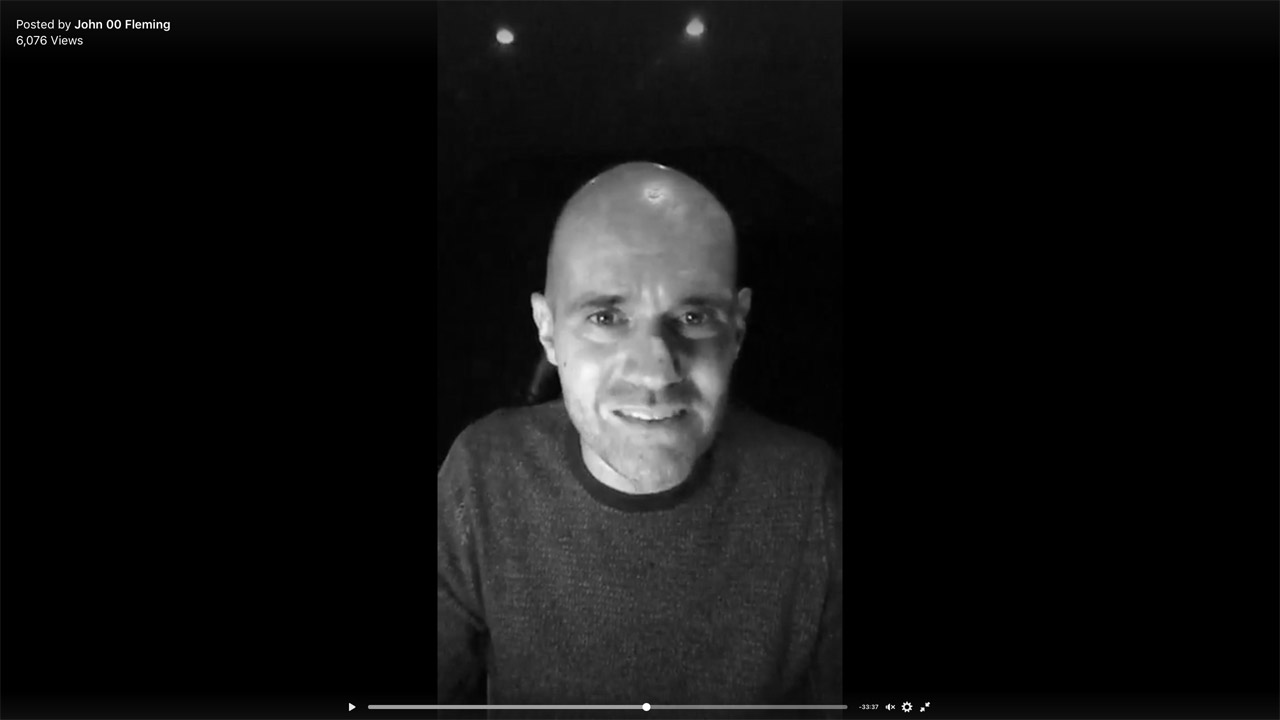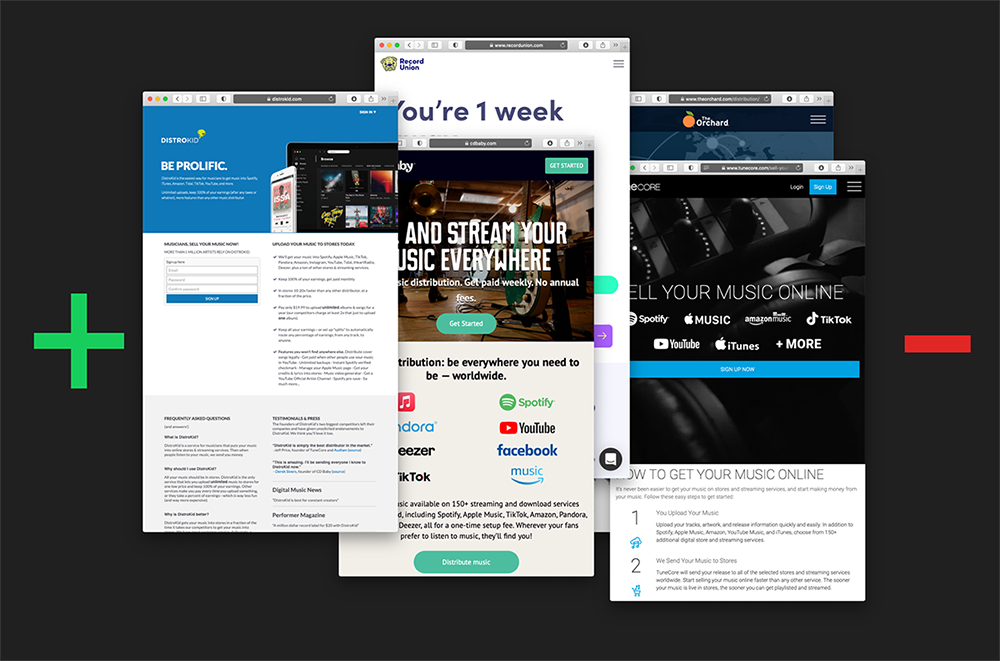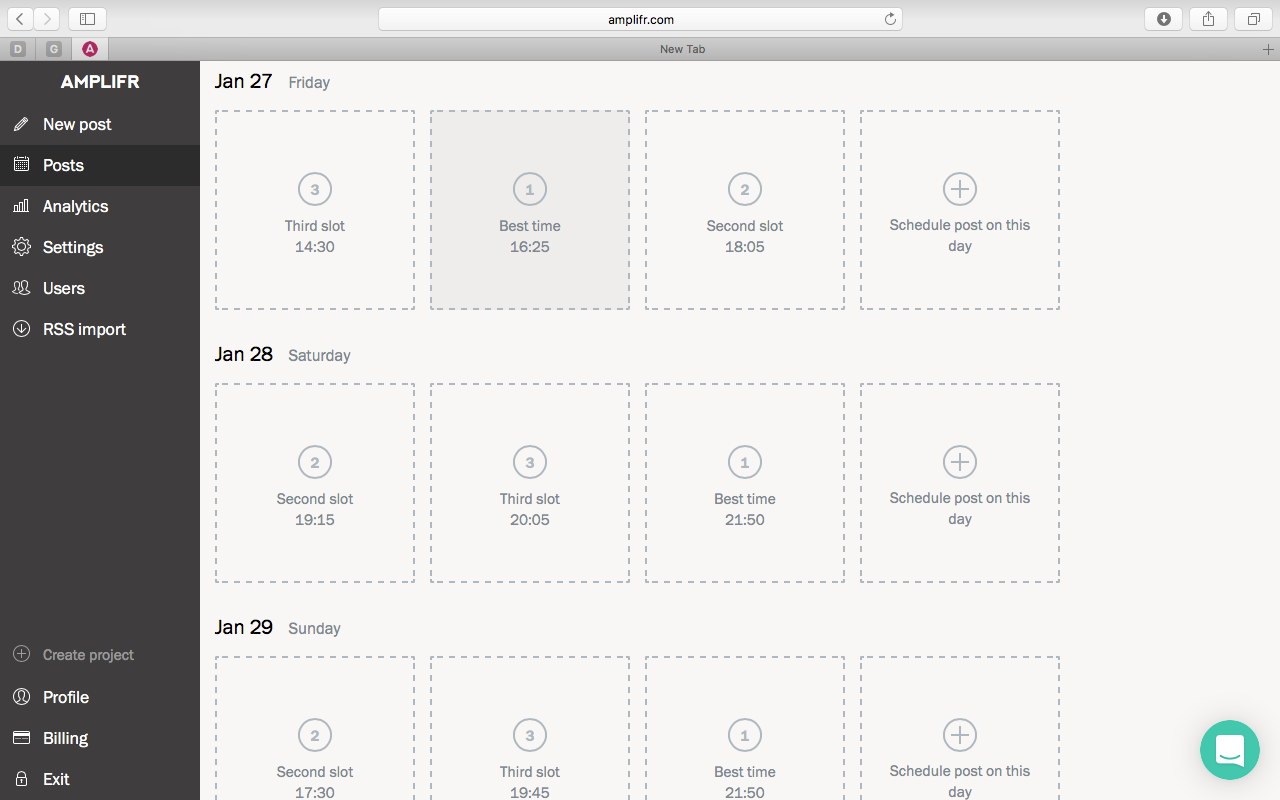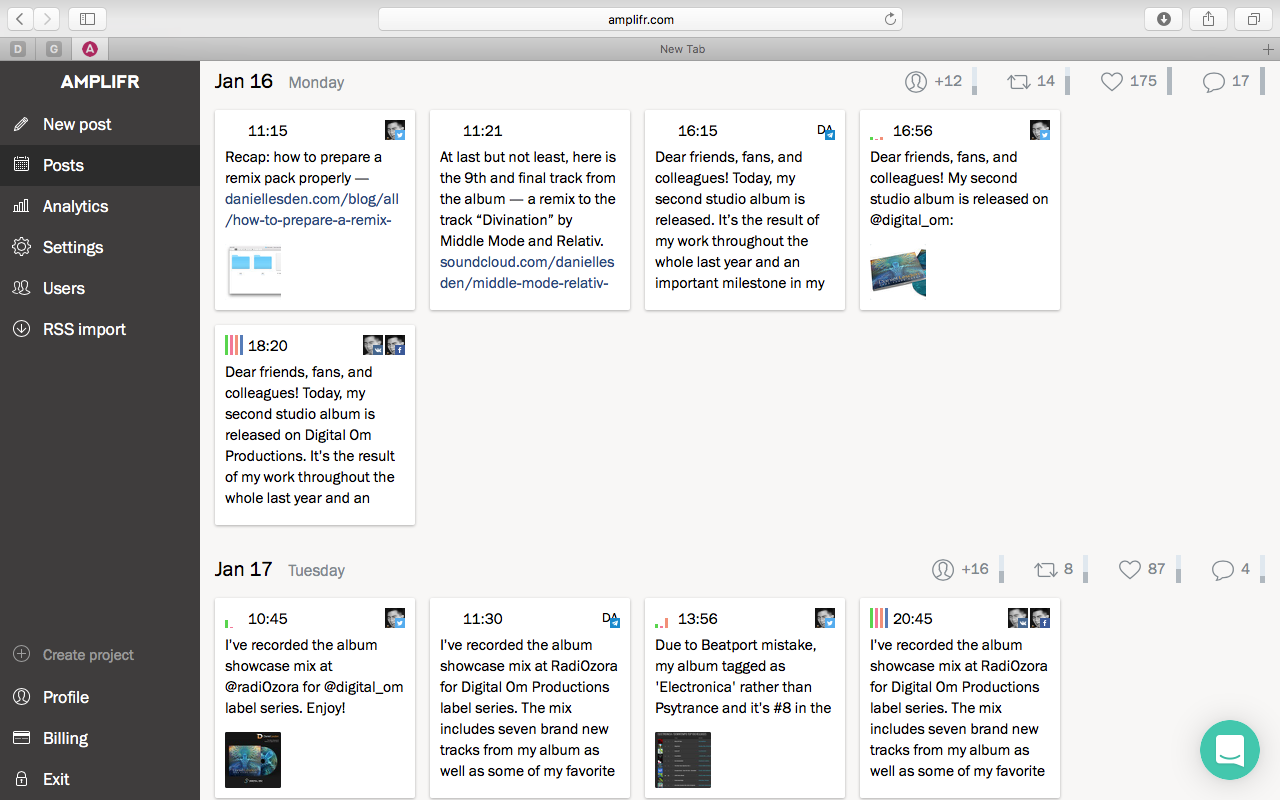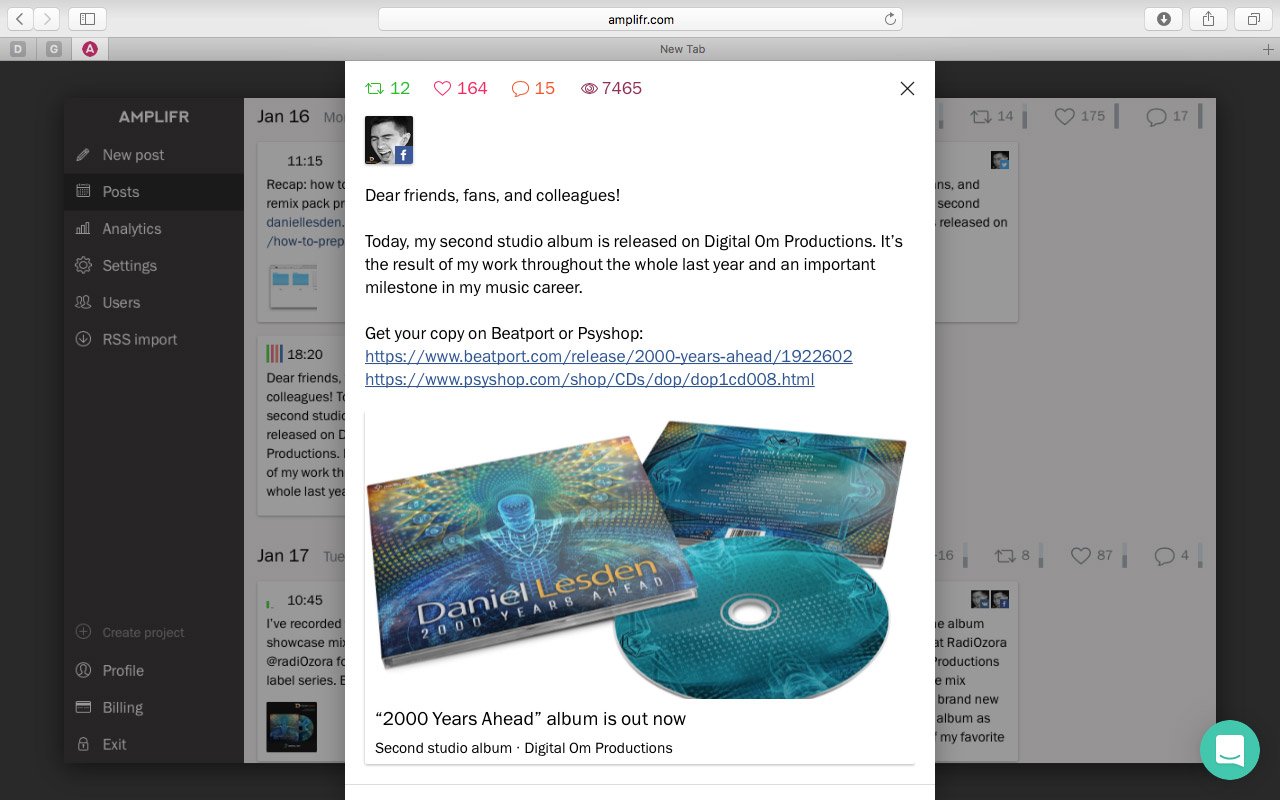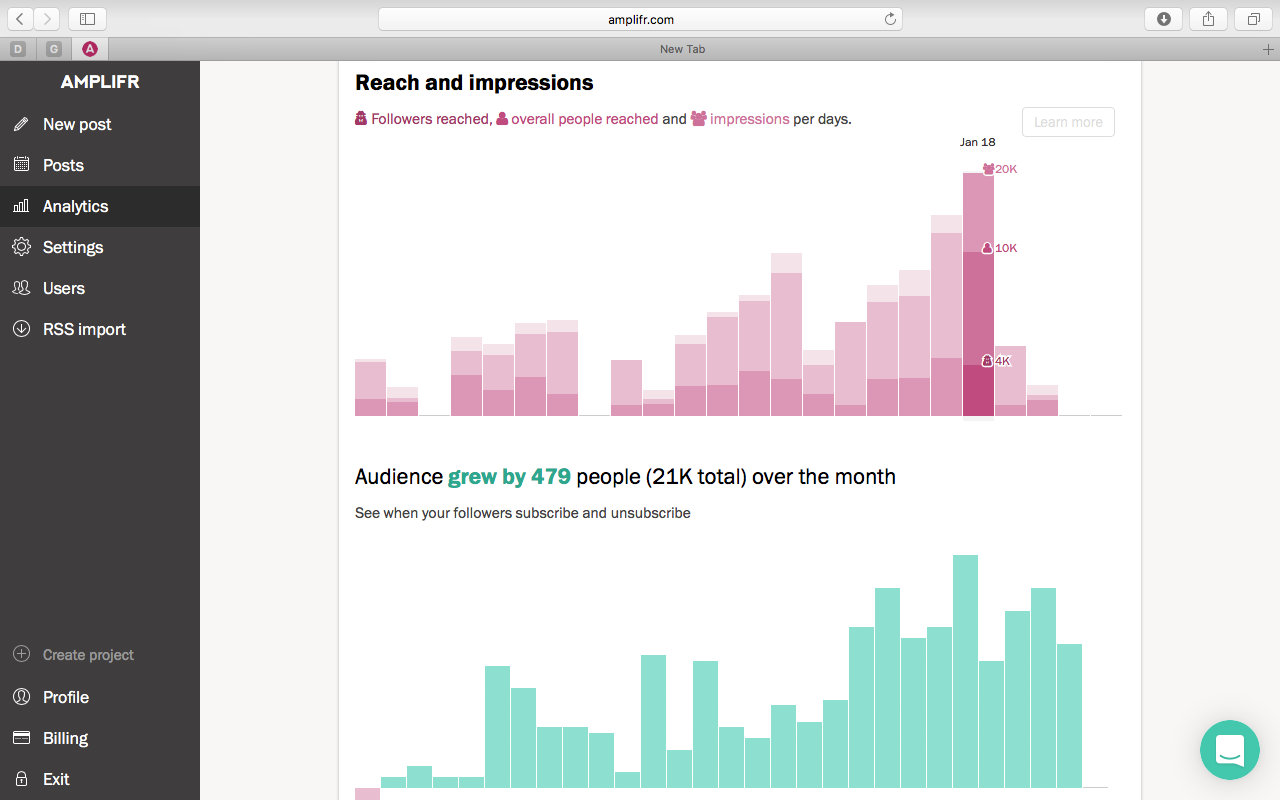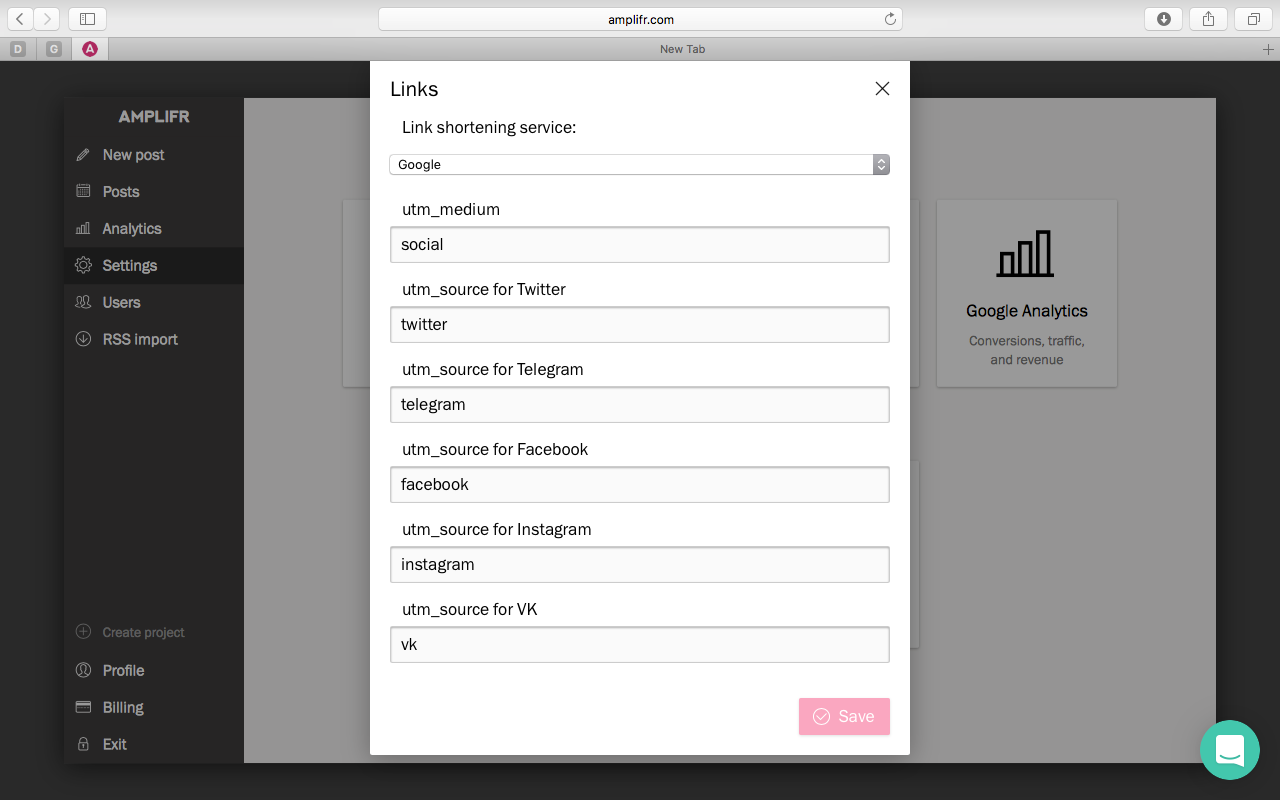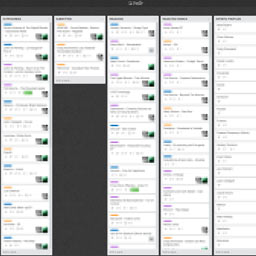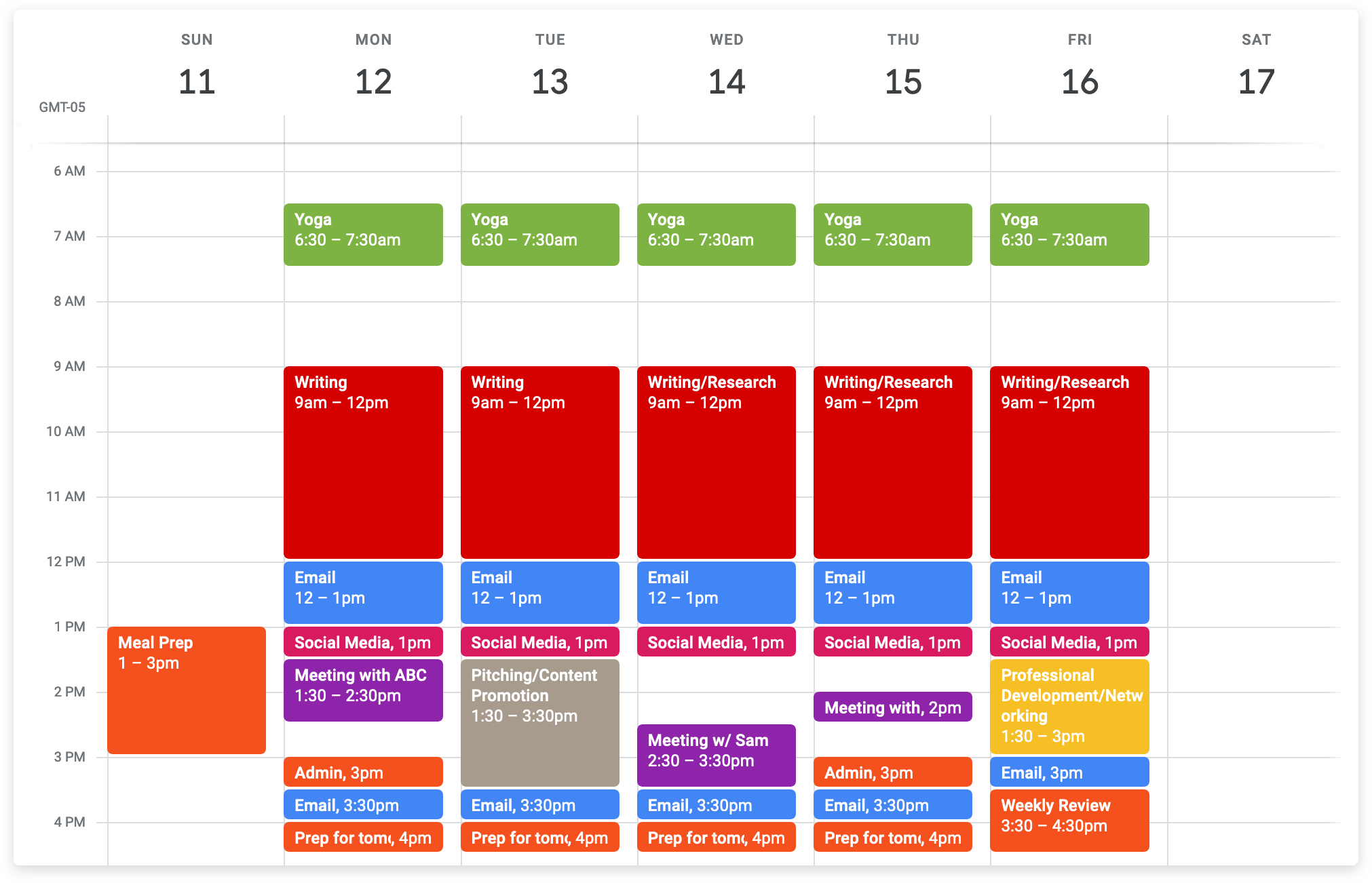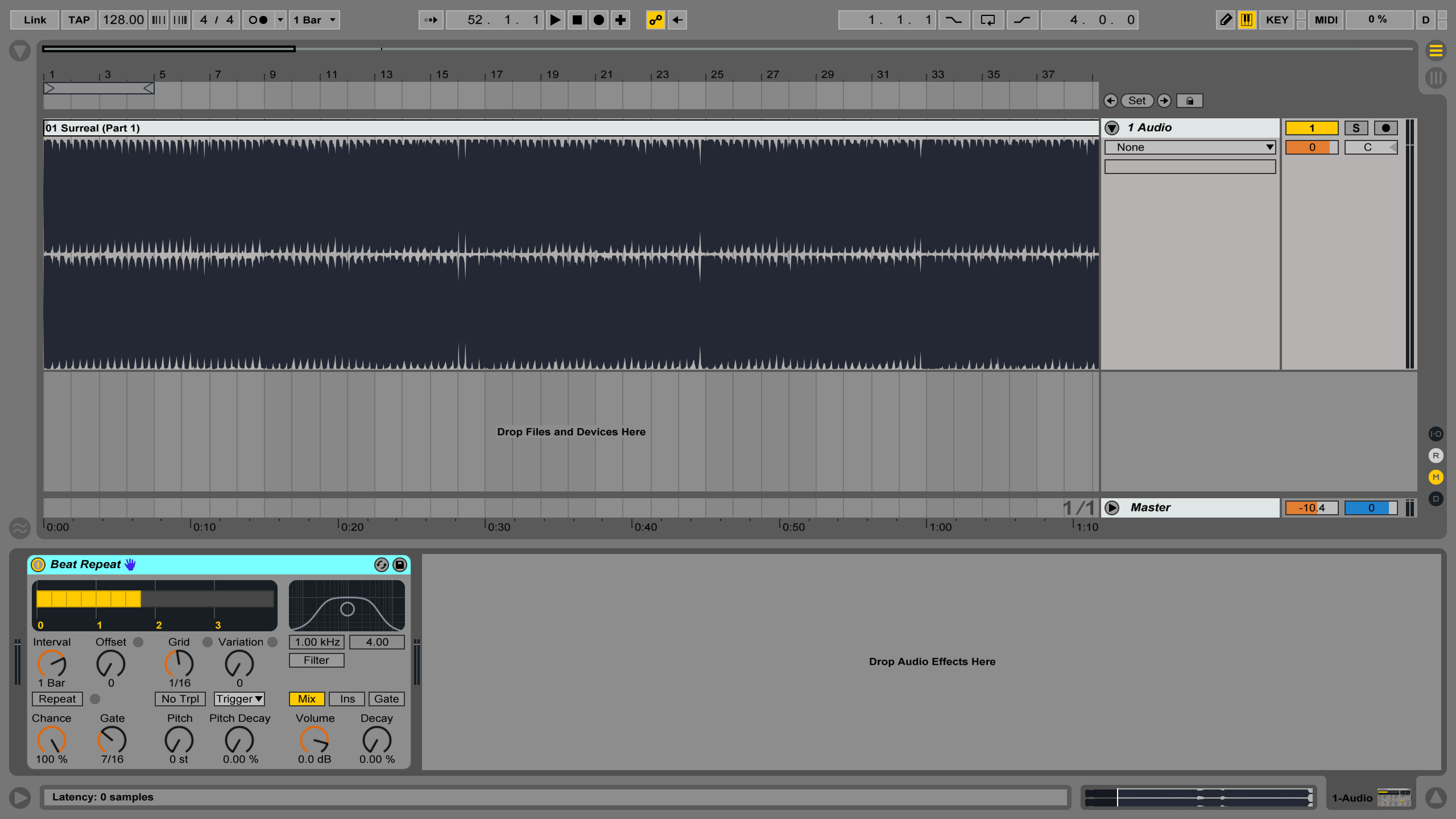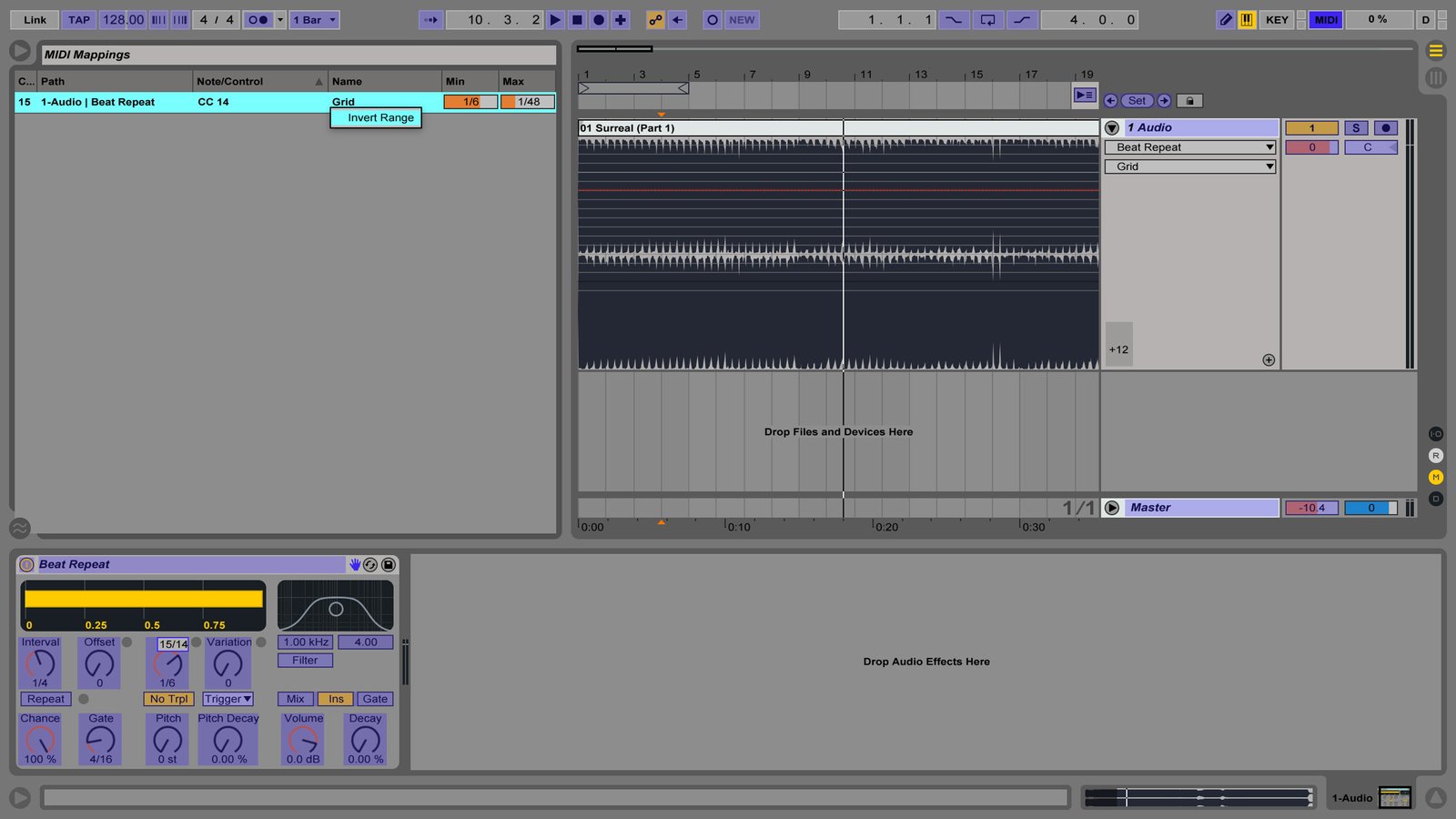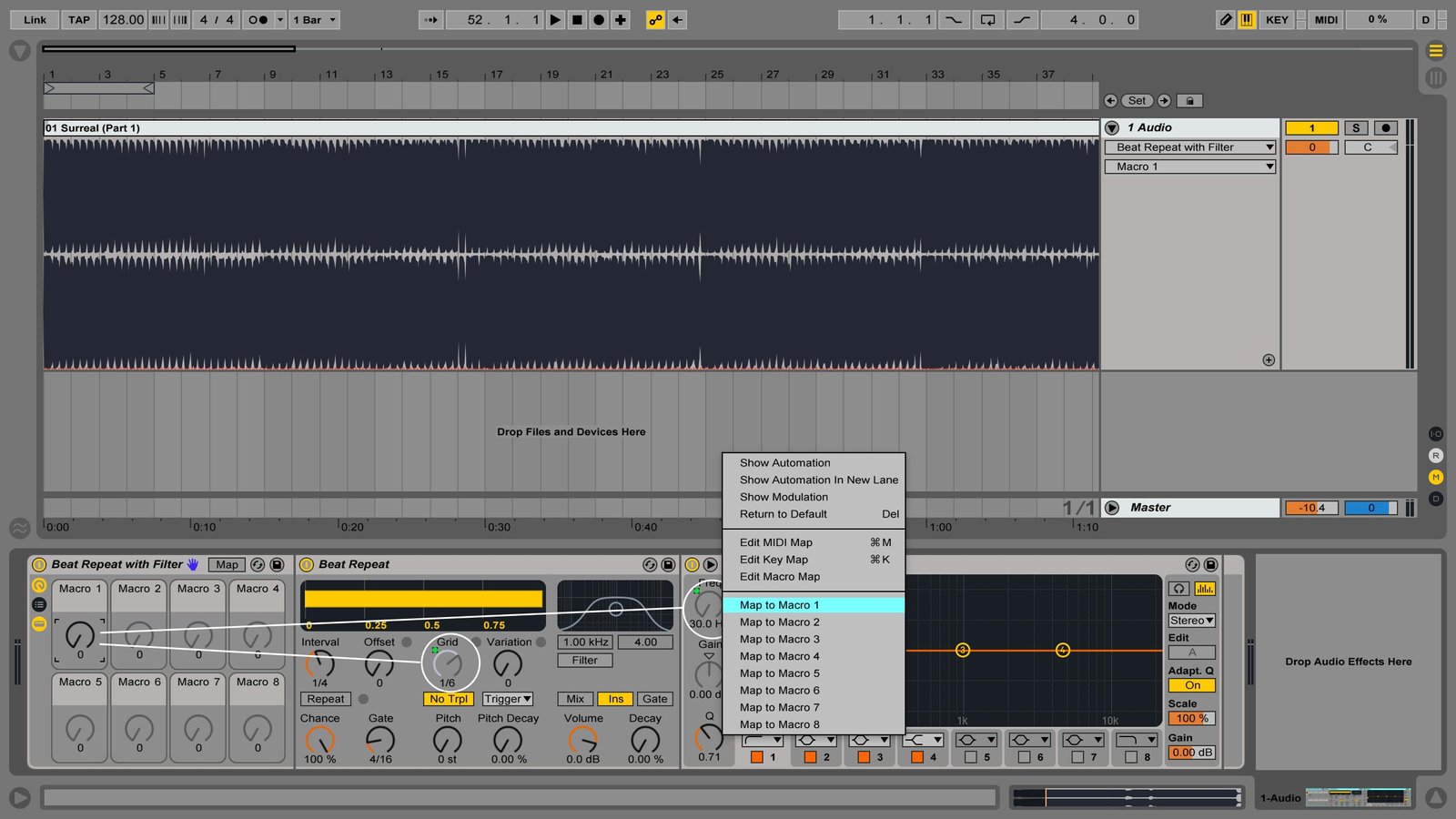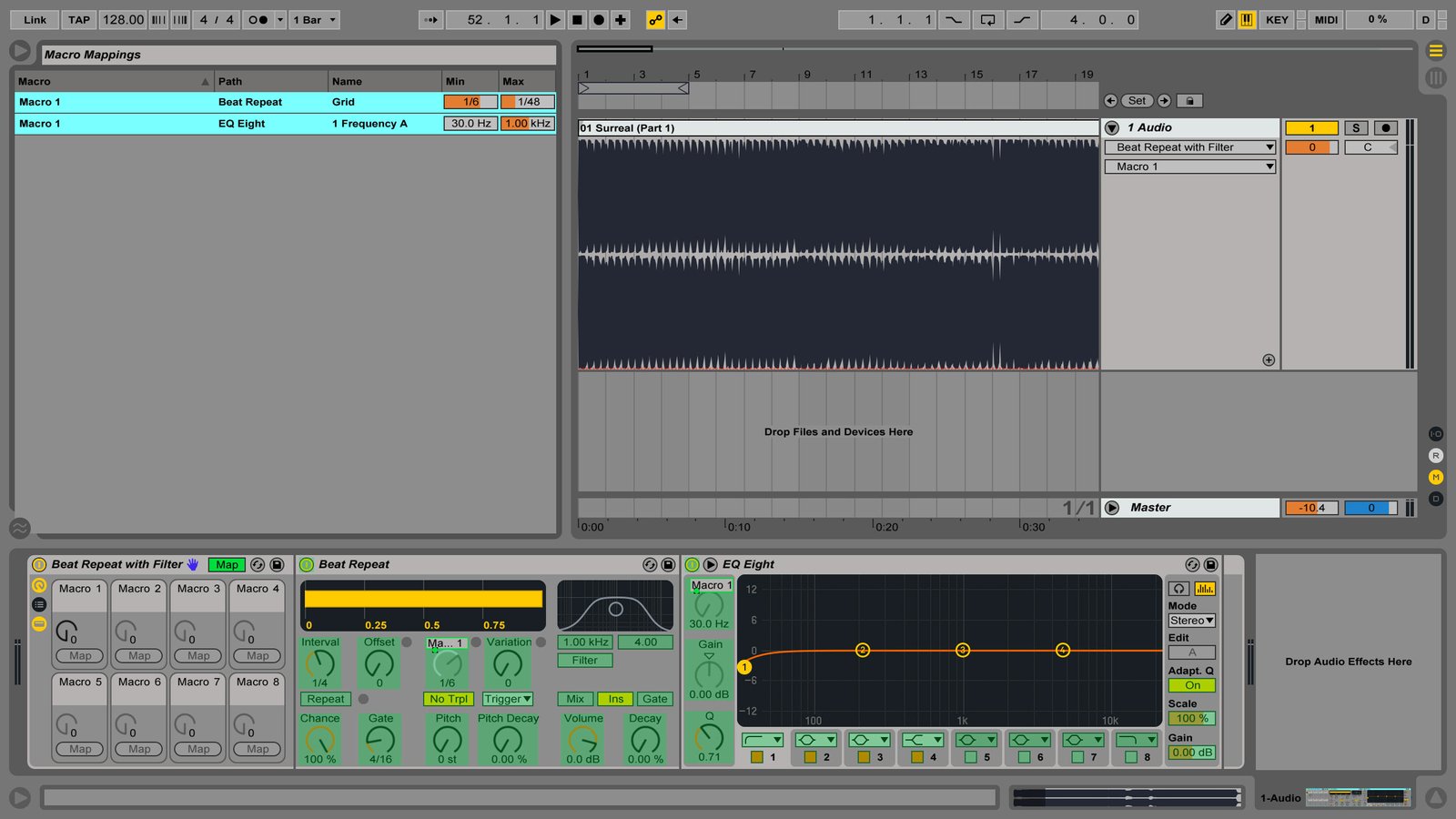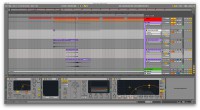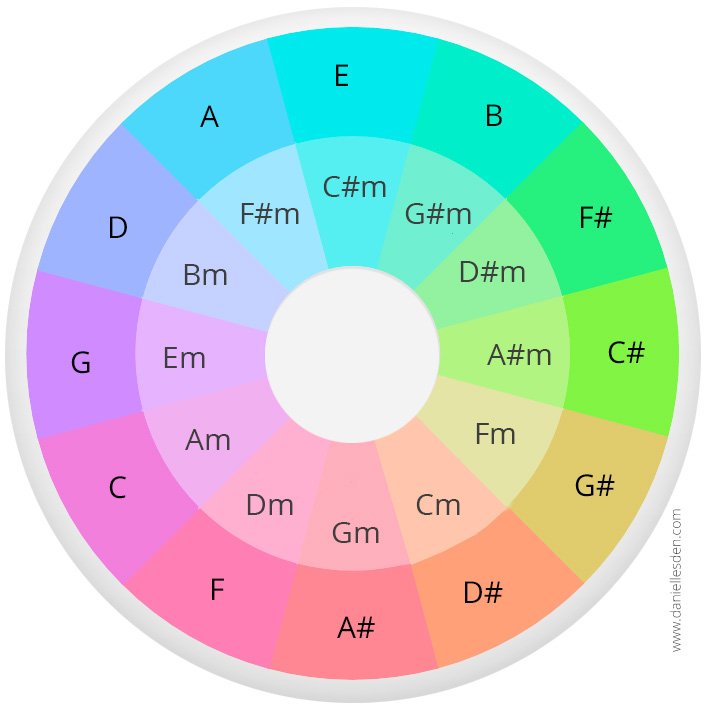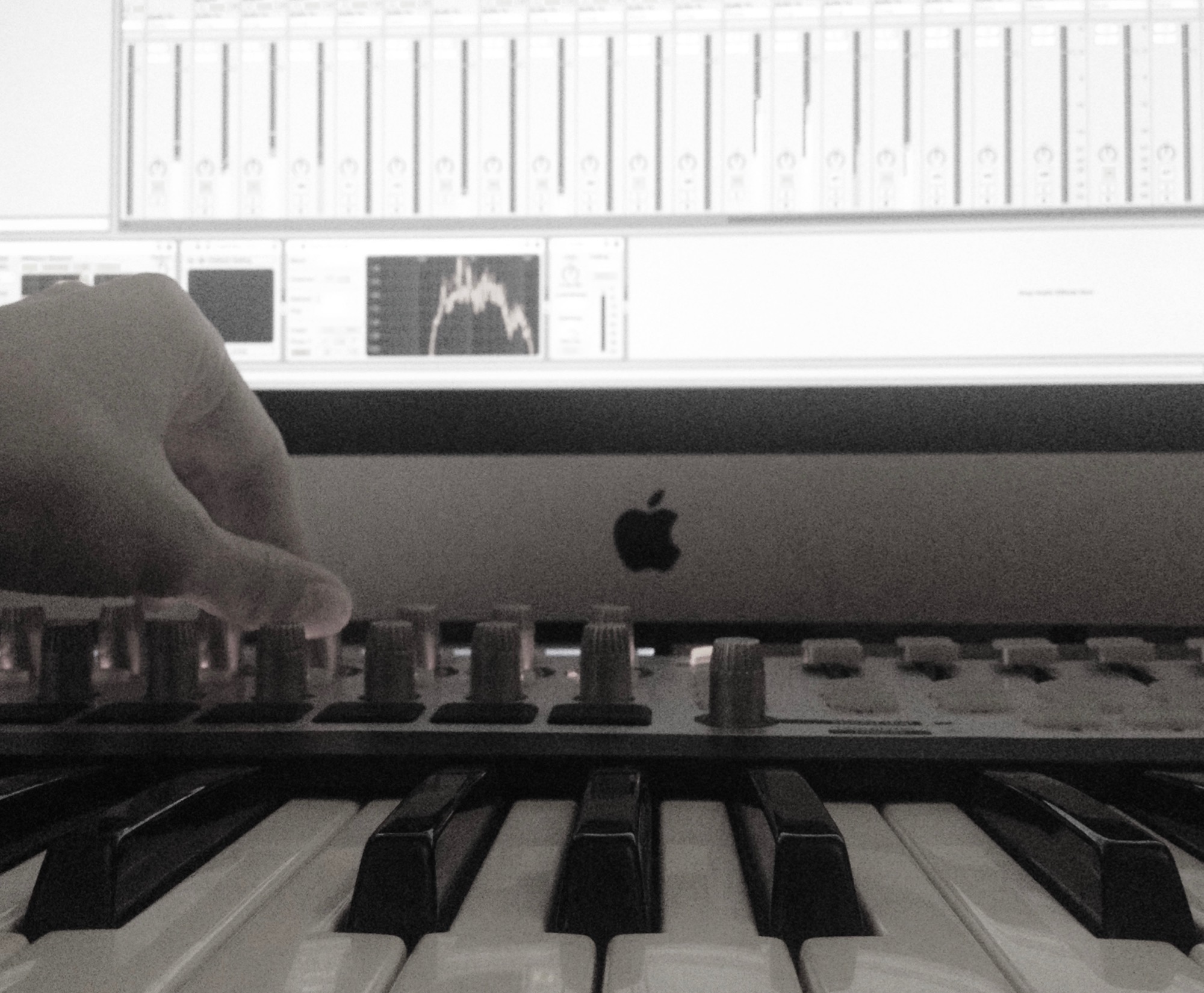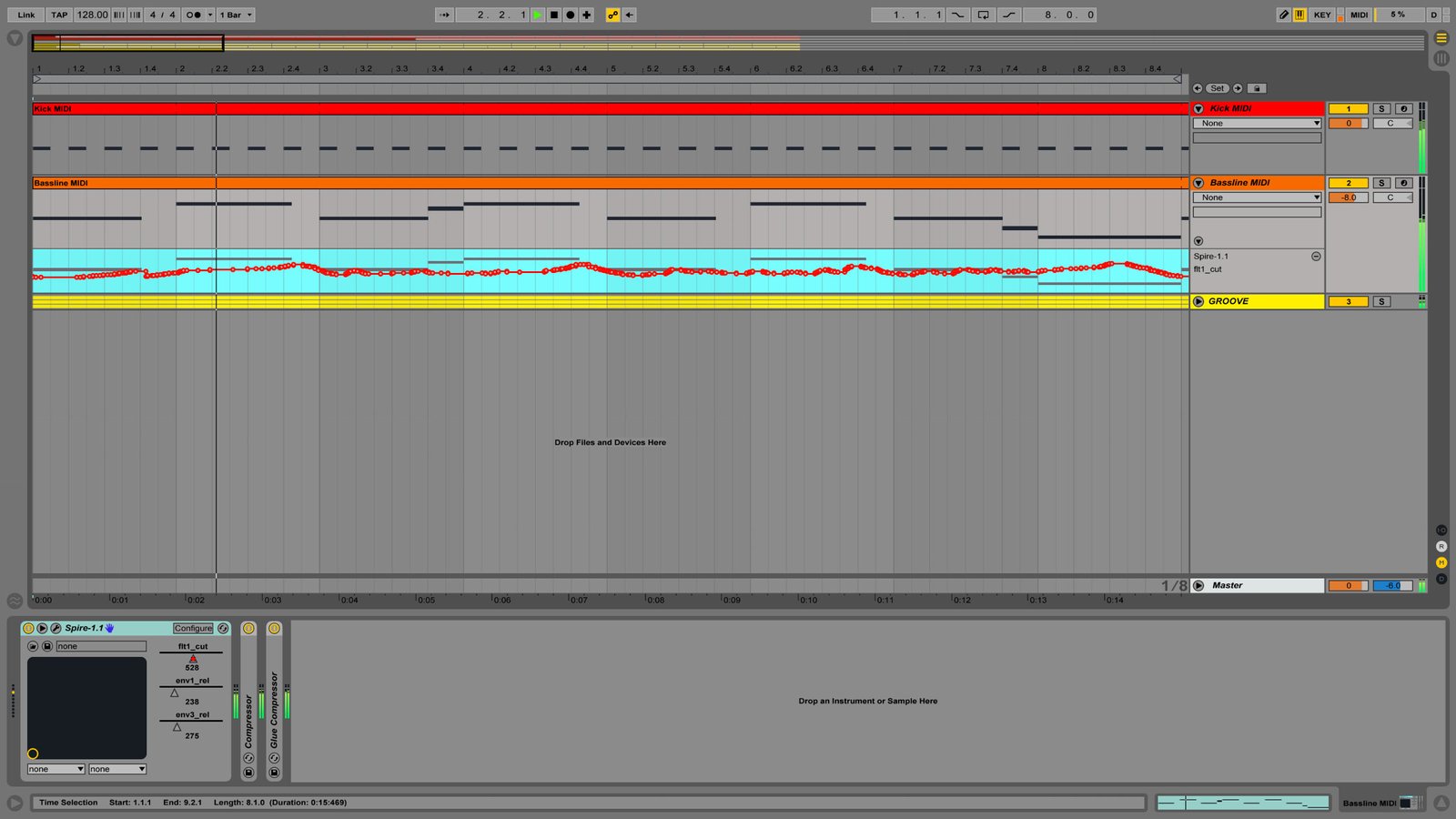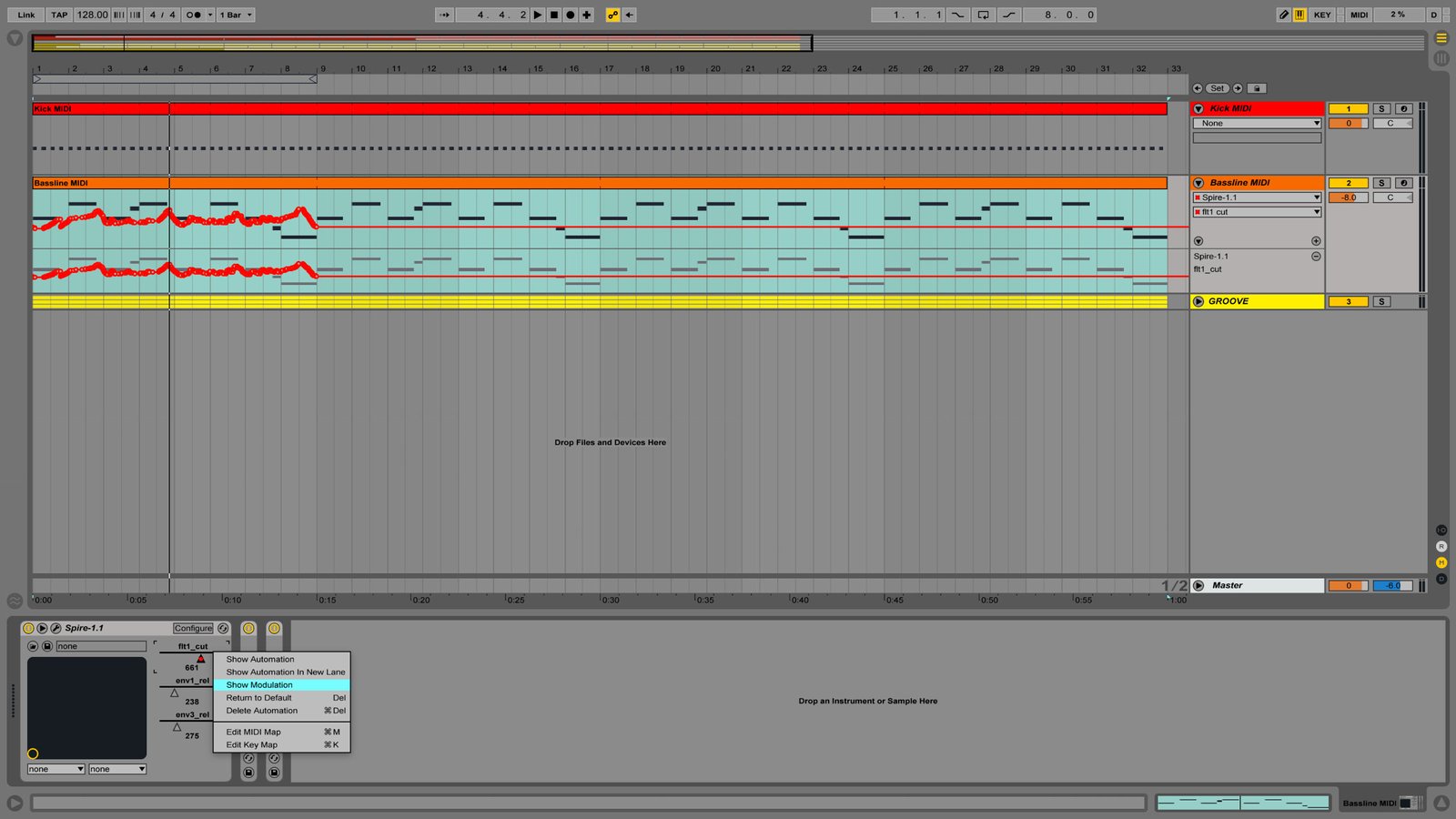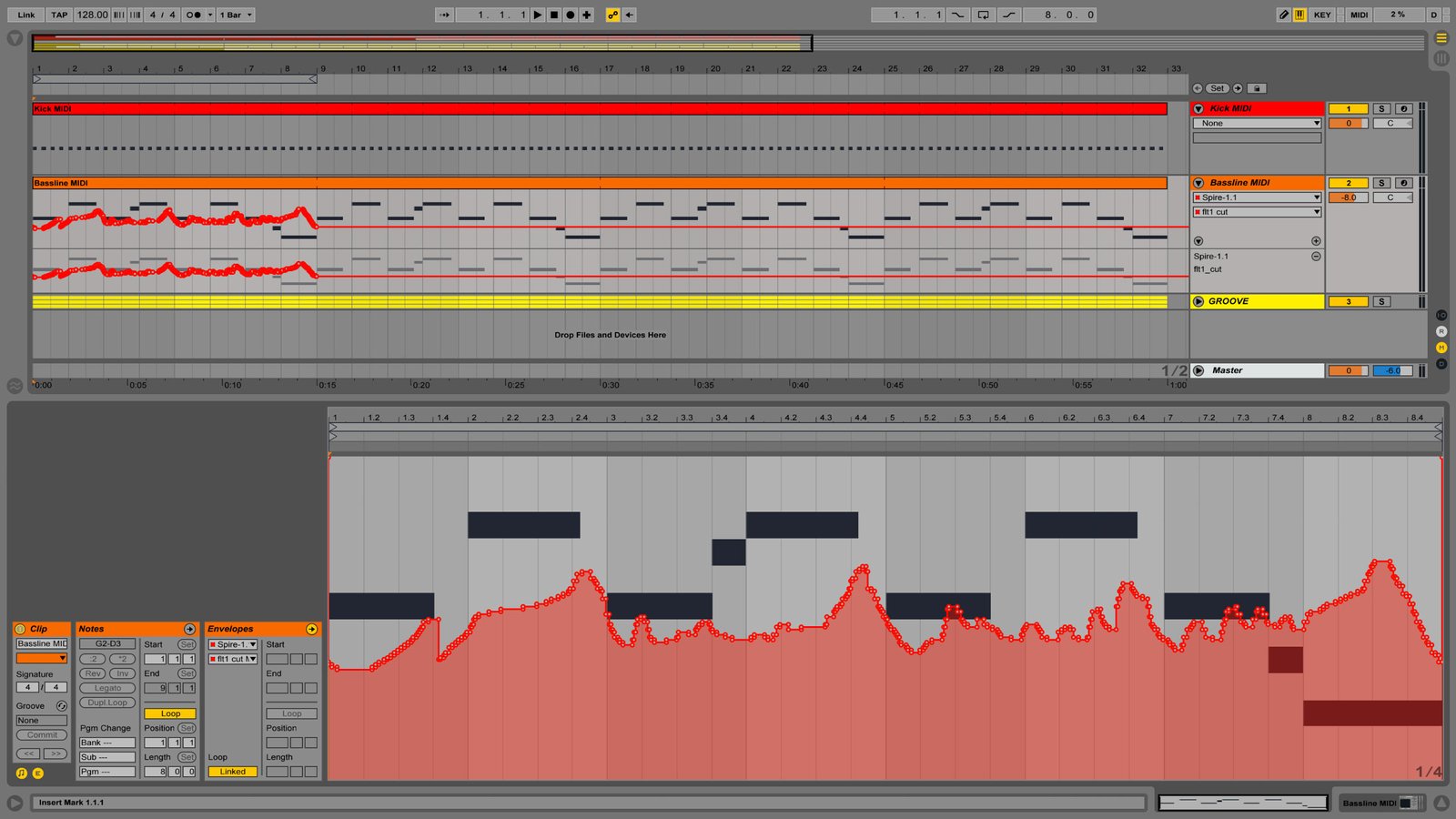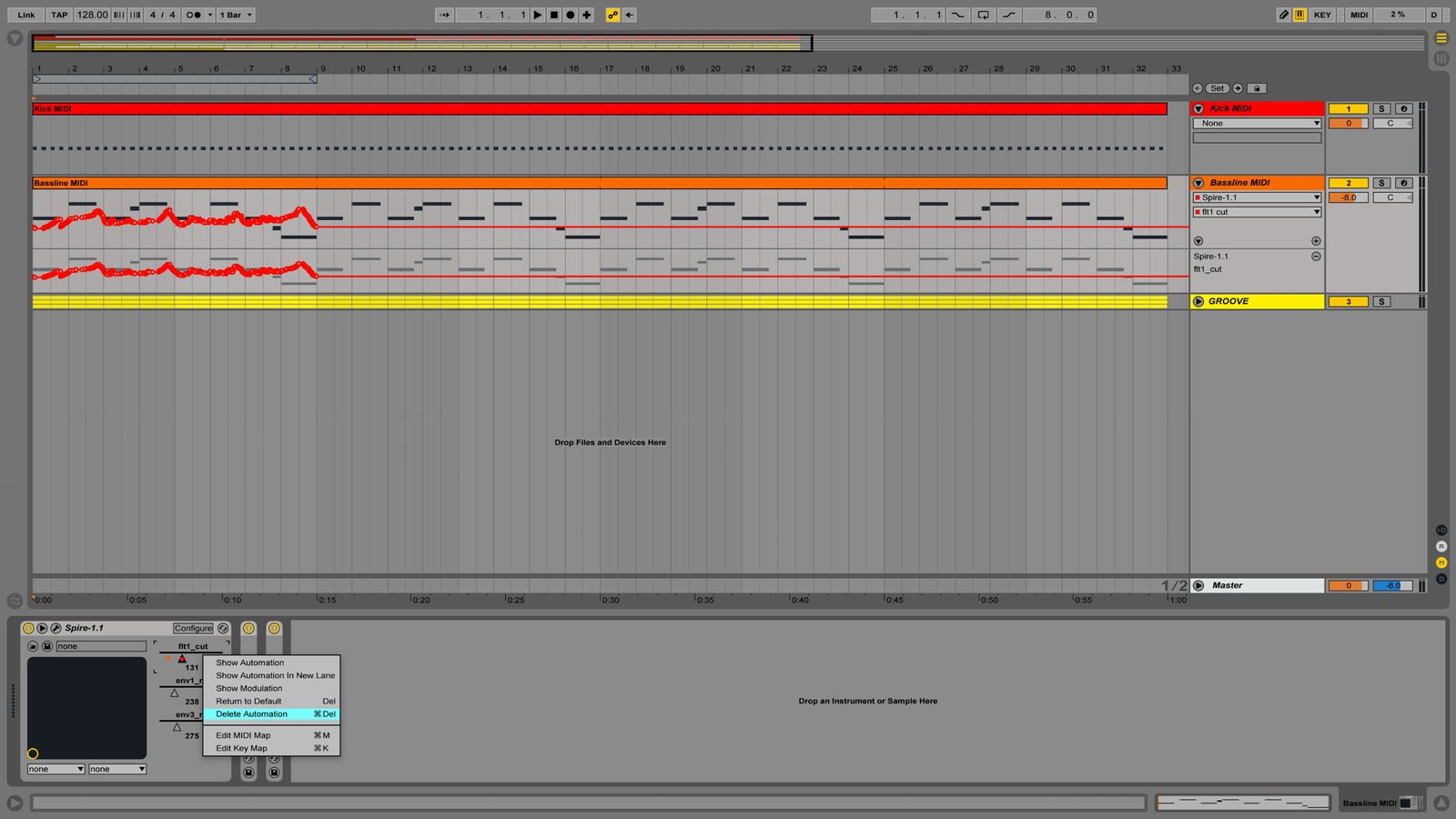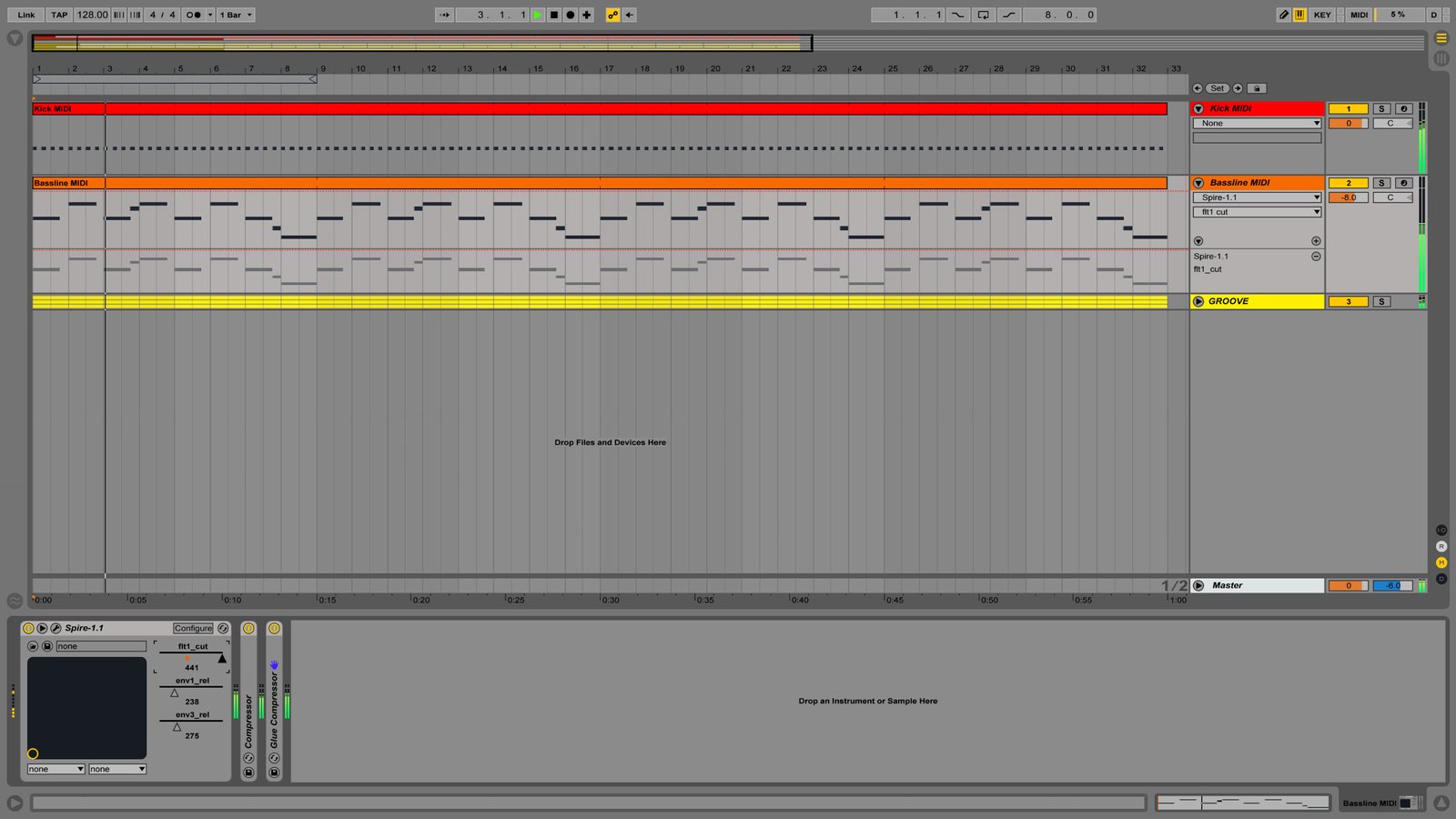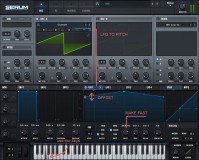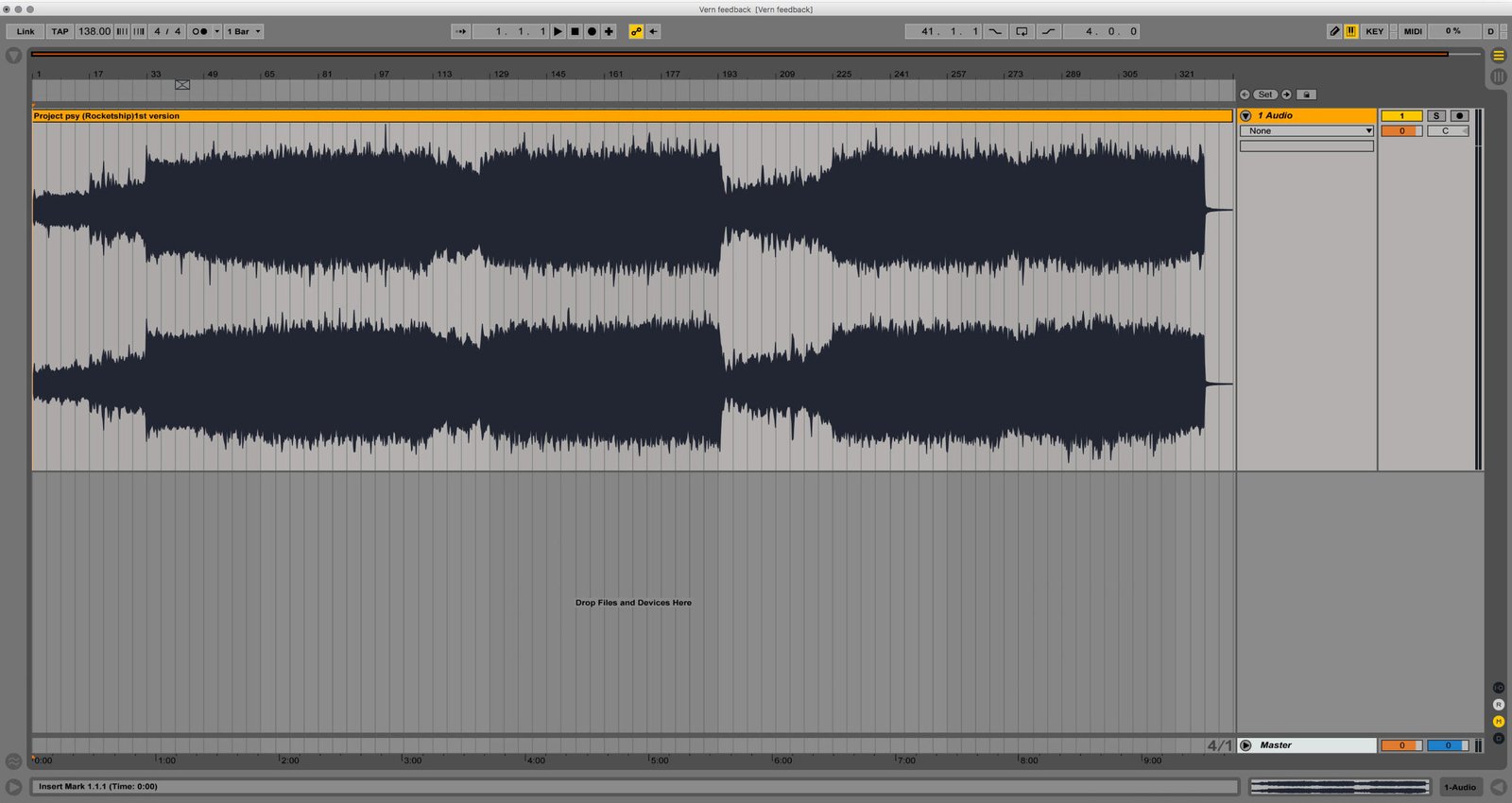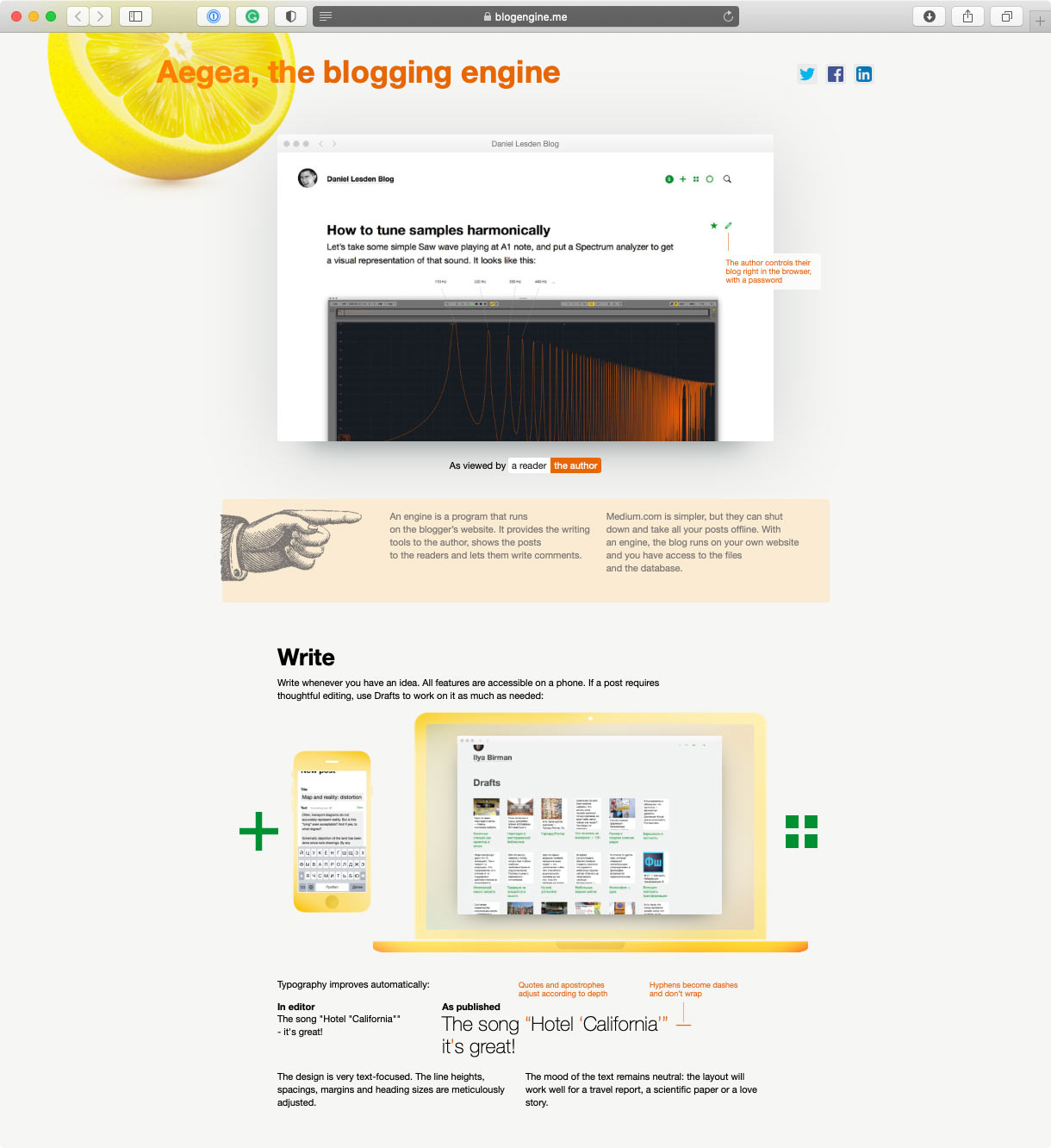Opinion on Telegram channels from the marketing point of view, and comparison with Facebook pages in numbers
Typically, Facebook pages occupy the primary slot among social networks for public figures and brands, gathering all news as a central hub. I’ve been an active Facebook user since 2011, but the more I use it, the less I like it.
As a DJ and music producer, I’m always looking for new ways of improving communication with the audience so followers can get my latest releases, tours, blogs, and other news. This search led me to Telegram channels, and today I’d like to share what I’ve learned about it.
What is Telegram
If you haven’t heard anything about Telegram yet, let’s start off with a quick 101:
- It’s a fast and free messaging app founded in 2013.
- It has mobile and desktop clients and cloud-based seamless sync between them.
- It’s ad-free and will remain forever free according to founders.
- It has a lot of powerful features like bots, secret chats, groups, channels, and more.
- By February 2016 (a year ago), it has 100,000,000 monthly active users and 350,000 new users sign up each day, delivering 15 billion messages daily.
I’ve been using Telegram as a messenger for quite some time now, but started my own channel just about a month ago.
Telegram me
What is a channel
Channels are a tool for broadcasting public messages to large audiences, similar to what you do on Twitter. A sort of blog within the messaging app.
A channel has as a public username so you can search it within the app or access via browser by the direct link, like telegram.me/dsokolovskiy_channel.
Basically, it looks like just one of the chats in the app. You can share text messages, images, links, and even audio and video playbacks using a built-in player.
By default, when you share a post, your followers will see a push notification. You can also send “silent” messages by clicking on the ring icon, this way they won’t receive notifications but rather just see an unread counter of your channel in the chats list, this is a sort of “gentle” notification. And since all broadcasts are organized by chats, you don’t need to compete for the users’ attention in their newsfeed using cat pictures — they will see your messages when they want to.
Here’s how a channel looks in the desktop app
One noticeable difference between Twitter, Instagram, or any other social media is a lack of interaction. There is literally no way people can “like” or comment on your posts, at least for now. The only thing that makes you sure you’re not writing into the empty void is the views counter on the right side of each of your post.
Is it a good thing? Let’s see.
My experience with channels in numbers
I have a very humble experience with Telegram channels as I’ve been using it only a month now, but here is what I’ve learned so far: per follower, Telegram posts reach a much larger audience than in any other social media.
I think since it’s a messaging app, people treat channels like one-on-one conversations and hence trust the authors. For example, if on Facebook people can “Like” your page just to show some support, here on Telegram people follow channels because they really want to read them.
Just to give some numbers to compare with, let’s take a look at my Facebook page which has about 14700 followers.
On Facebook, organic posts reach and engagement is quite suck
You’ll instantly notice these two quite nicely performed posts with 10k and 13k audience reach and probably think “huh, not bad!”. Well, the truth is such spikes happen very rarely, and besides, we know that Facebook artificially gives your native videos higher priority in the users’ newsfeed in order to compete with YouTube videos.
“Theft, Lies, and Facebook Video” by Hank Green
If you look at the other posts, they typically reach in between 1–3k, let’s count it as 2k on average. That is only about 13% of the total amount of followers.
Just think about it a for a moment: you spend a huge amount of time (and sometimes money, too) on getting a solid fanbase on Facebook, but once it’s time to actually speak to your audience — let’s say, you’re announcing a new album or a gig — only 13% on your followers will see your important announcement.
Now compare this to what I’ve experienced on Telegram:
| Stats |
Facebook page
14 700 followers |
Telegram channel
74 followers |
| Average post reach |
2k, or 13,6% |
205, or 277% |
| Top-performed post reach |
13k, or 88% |
2k, or 2500% |
Yes, that’s it. Having only 74 followers on the channel so far, my posts typically reach as twice as the audience I have. And my top-performed post so far viewed by more than 2000 people (once the counter reaches thousands, Telegram only shows short “2k” without specifics). Imagine if I’d had 14700 followers here like my Facebook page has :-)
How is that? Well, It seems that having no ability to “like” or comment motivates people to share your posts — this function is called forwarding here. And people actually do forward posts — to their friends, groups, and other public channels.
Even those posts which underperform still reach out to about 50~80% of your followers, which is equal to the most top-performed posts on Facebook.
Such a broad audience reach isn’t unique to my channel. For example, take a look at the Telegram’s own news channel: they have 78k followers while their typical post reaches about 250–400 thousand people. That’s huge.
Telegram News channel’s post reach is ×4-5 more people than the number of followers they have
Conclusion
Frankly, I have no idea what Telegram will be like in a few years. I also have no idea where to get the audience, I’m not even sure how most of these 74 followers I currently have found me in the first place.
What I know, though, is that Telegram is certainly worth trying.
***
Update on January 27, 2017
Last month I’ve been using Amplifr for social media analytics, and turns out I have 20% of the social traffic coming from Telegram. But taking into account that currently, my Telegram channel has 10—100 times fewer followers than my other social accounts, it actually means that Telegram has the highest click-rate per follower among all social networking services.
Social network traffic distribution on my website, data from Google Analytics on January 27, 2017
